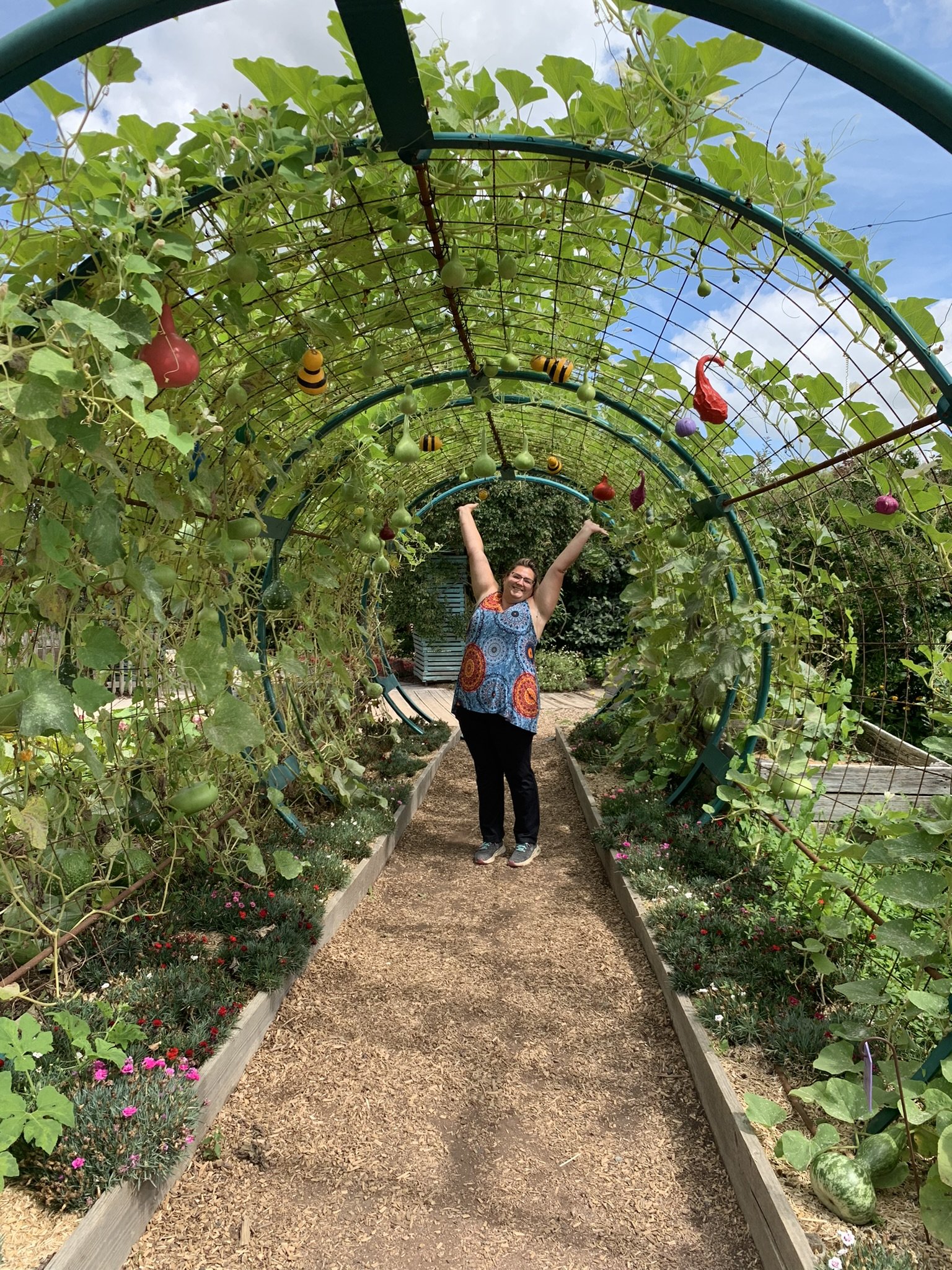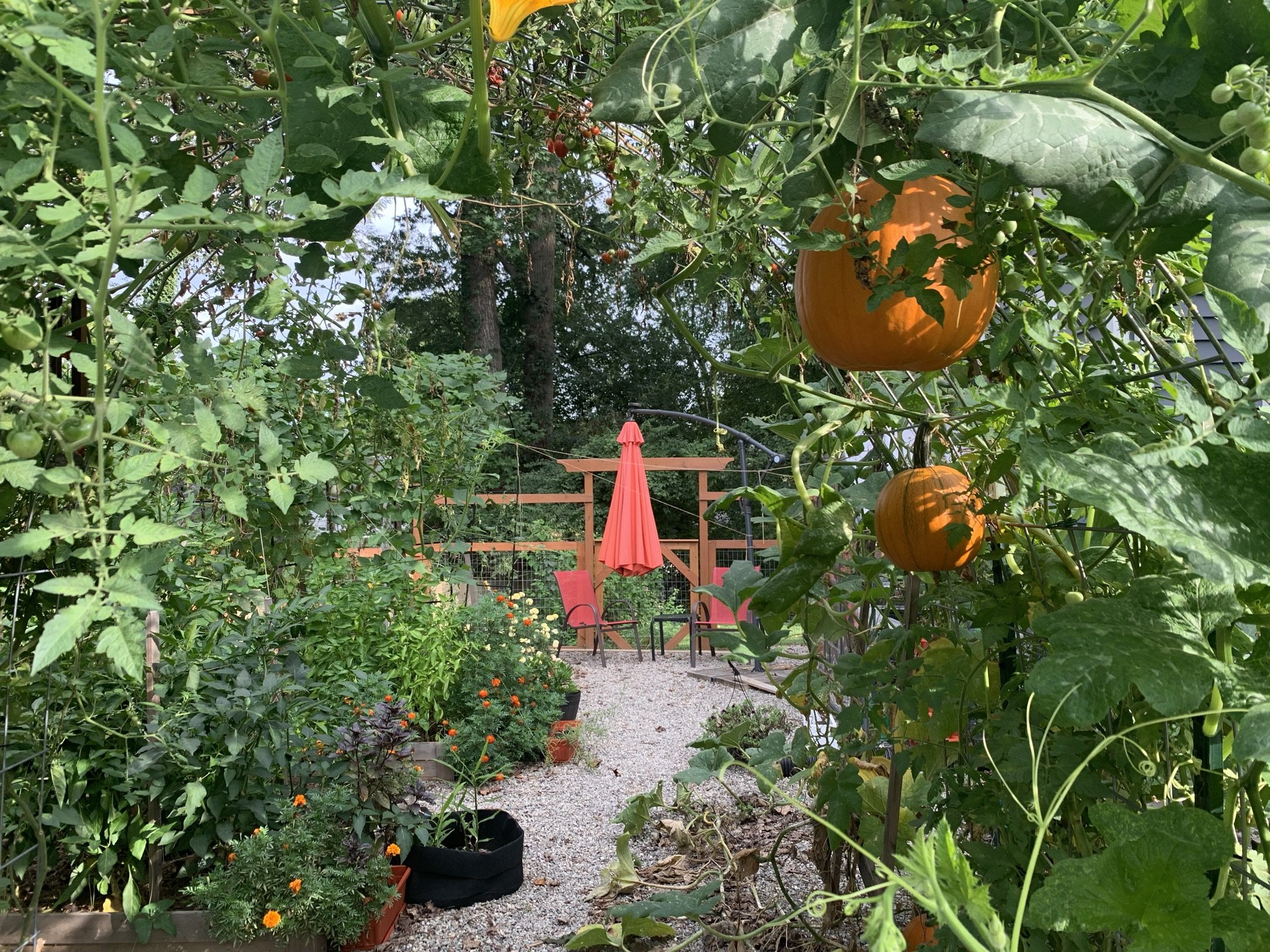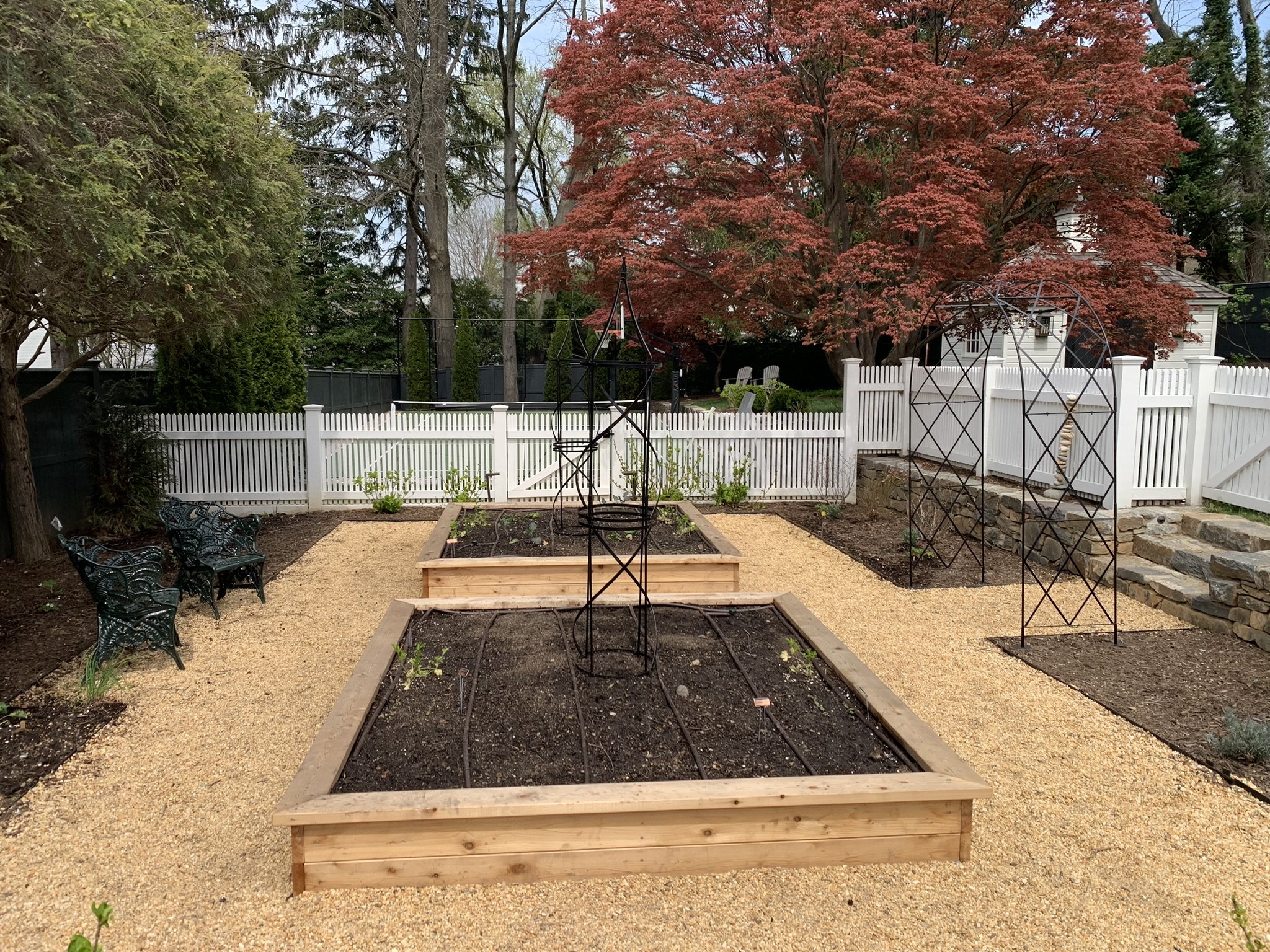Vertical Gardens and making the most out of your space
Ever since I was a little girl, I’ve always admired how my mom was able to create art with her herbs in the most compact of spaces.
She would grow right up the stairs, up the side of the house, anything vertical. And her plants would drip with magic. Like most gardeners, I dream of huge plots where I can let my creativity run amok. I didn’t always have a lot of space. I started on a balcony with two pots, one jalapeno and one tomato. I didn’t let that balcony stop me from achieving my dream, I made it my mission to learn everything I could. Thanks to vertical growing, my garden has never been more spectacular, and now it’s your turn to create your own!
Arguably, the best feature about vertical gardening is how little space it needs.
What is Vertical Growing?
Vertical growing, more commonly known as vertical gardening, is a special type of urban gardening suited to maximizing the use of space, whether indoors or outdoors. More specifically, it includes in-ground gardening that grows plants up a trellis, obelisks, or arches and vertical container growing. And if you know me, I will never plant a tomato without an arch again!
Although vertical gardening has been around since ancient times (think rose arches in Ancient Rome), it experienced a boom in popularity among urban gardeners. As you need a fraction of a space for an indoor vertical garden, apartment-dwellers quickly started creating the most charming garden nooks in their homes! As for outdoor vertical growing, its techniques have developed more by the minute. Even the smallest patch can be turned into something really beautiful, and best of all - it needs minimal maintenance to remain thriving!
Vertical Growing Structures
Next on the list—structure options! Your vertical garden can include trellises, obelisks, and arches. The easiest way to decide which option is most suitable for you is to look at your garden. Trellises and obelisks can be placed practically anywhere, and archways typically require a bit more space. Still, don’t let this stop you! See if you have a rounded opening on a window or anywhere with curves. This would be the perfect spot for a flower-arched frame.
Trellis
Trellises are undoubtedly the most versatile vertical gardening structures.
They are made from all sorts of materials and can be placed on the ground or wall-mounted. What I really love about them is that, aside from their functionality, they can add a really beautiful decorative element to the garden. It makes the whole space whimsical, magical or polished depending on the material you choose. A black powder coated steel arch trellis will look very different from a wooden trellis aesthetically.
Wood is ideal for rustic green spaces and can be easily customized to fit any style you like. However, the telling should ideally be made of metal, while the structure can remain wooden. This is especially important if you grow heavier fruits like melons and pumpkins. Whatever you choose, plastic is a big no-no. Not only are they not durable, but we are moving away from plastics in the garden so if you can avoid it, try not to bring it in for decor.
Obelisks
Did you know obelisks for gardening first appeared in Ancient Egypt?
Told you this gardening practice was as old as time! In modern times, obelisks are used for vertical growing, creating separate spaces or zones, as well as adding an architectural element to perennial landscapes.
These structures are widely used in patio gardening. Due to their convenient shape, they’re easily placed in corners and can instantly elevate the look of your green space. I love them in the middle of a 4 X 4 raised bed! You don’t have to use them for flowers, but instead use them for your snap peas in the spring, squash and beans in the summer and rotate it back out broccoli in the fall with a beautiful flower up the middle.
Arches
Arches can make the most spectacular entrance to your garden! I would know, it’s how you enter mine.
They can also easily connect to raised beds together - just imagine the possibilities you have with vining plants!
Naturally, arches require a bit more space for vertical growing and can be a bit costly if you’re going for a bigger design. Also, pay attention to the height. You don’t want to be on your tippy toes to pick up your fava beans or have the fruit hitting you in the head on your way through.
What Can You Plant In Vertical Gardens?
The planting variety for vertical growing is unbeatable! Gardeners have been using these space-saving structures to grow everything from small herbs to the biggest pumpkins. Here’s a list of what you can plant to show you the possibilities.
Tomatoes
Cucumbers
Fava beans
Peas
Beans
Squash
Various herbs
Melons
Pumpkins
… and this is just a handful!
To Build or To Buy?
Once you’ve decided on vertical gardening, the last thing you need to decide is whether to build or buy. Naturally, the latter option is the most convenient, and there are a lot of options on the market.
https://shop.gardenary.com/collections/garden-supplies
However, if you’re feeling really inspired, you can have a go and create your own trellises! Look for inspiration online and create a structure suitable to your garden’s style, be it rustic or elegant. I don’t fully recommend this approach to beginners, but you’ll never learn if you don’t try, right?
As you can see, vertical growing not only allows your plants to thrive but also allows you to express your creativity fully in the garden. So, go into your green nook, spot the corner that has never caught your eye before, and set up your vertical structure!




